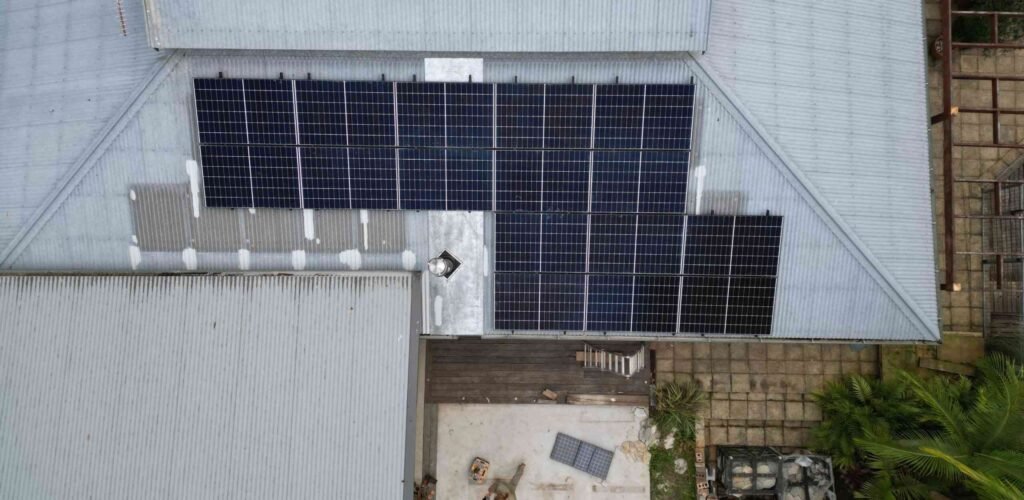Is Renewable Energy Actually Renewable? Exploring Sustainability and Off-Grid Living in Lismore, New South Wales, Australia
The only off-grid solar guide you’ll ever need! Is renewable energy truly sustainable? In the heart of Australia, specifically Lismore, New South Wales, we need

